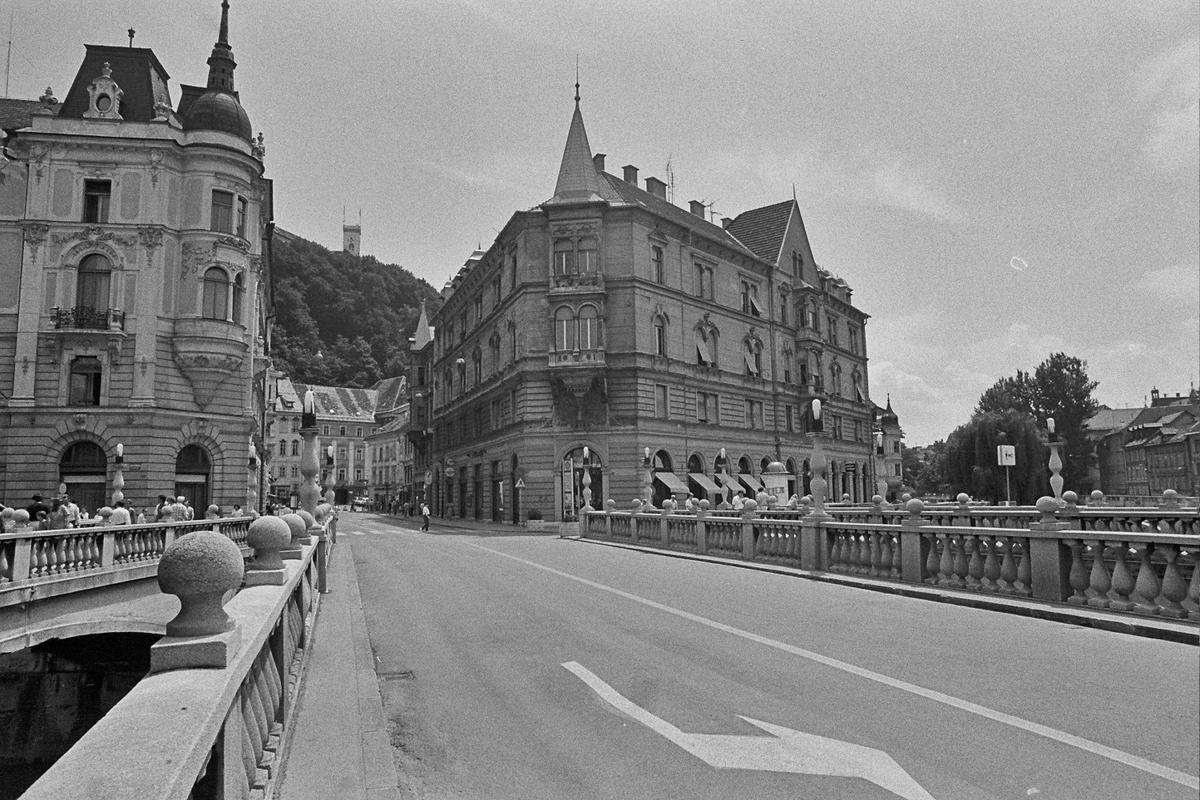
The buildings that previously stood on the banks of the Ljubljanica River on the street leading to city hall had always been among the city’s most architecturally important structures. A large Baroque building occupied the area for most of the 19th century – until a powerful earthquake on April 14, 1895, devasted Ljubljana, killed seven people, and left dozens of buildings in ruin.
But Ivan Hribar, the city’s progressive-minded mayor, decided to turn the tragedy into an opportunity - by transforming an inconsequential provincial town into a prosperous European city. An important part of the plan involved the construction of buildings in the latest European architectural styles.
The Filip Manor was funded by a merchant named Filip Schreyer, but Mayor Hribar himself closely supervised the project. The design was the work of Leopold Theyer, an architect from the town of Graz. Completed just two years after the earthquake, the Filip Manor is an imposing neo-Renaissance palace, which serves as a spectacular entryway to the Mediaeval part of Ljubljana.
Its distinctive spires recall the city of Prague, which Hribar long considered as a role model for Ljubljana, as well as defense towers that stood nearby in Medieval times. The building was such as success that it became one of the city’s icons. In the interwar period, the neoclassical Triple Bridge over the Ljubljanica, designed by the legendary Slovenian architect Jože Plečnik, added to the glamor of the building. In the 1980s, still under Communist rule, parts of the manor were transformed into a luxury store selling high-end silverware and other decorative products.
In recent times, several proposals have called for the building to be house everything from a café to an international bookstore. Meanwhile, the Filip Manor remains one of the most photographed and best-loved buildings in Ljubljana – and an enduring symbol of Mayor Hribar’s vision for his devastated city.

































































